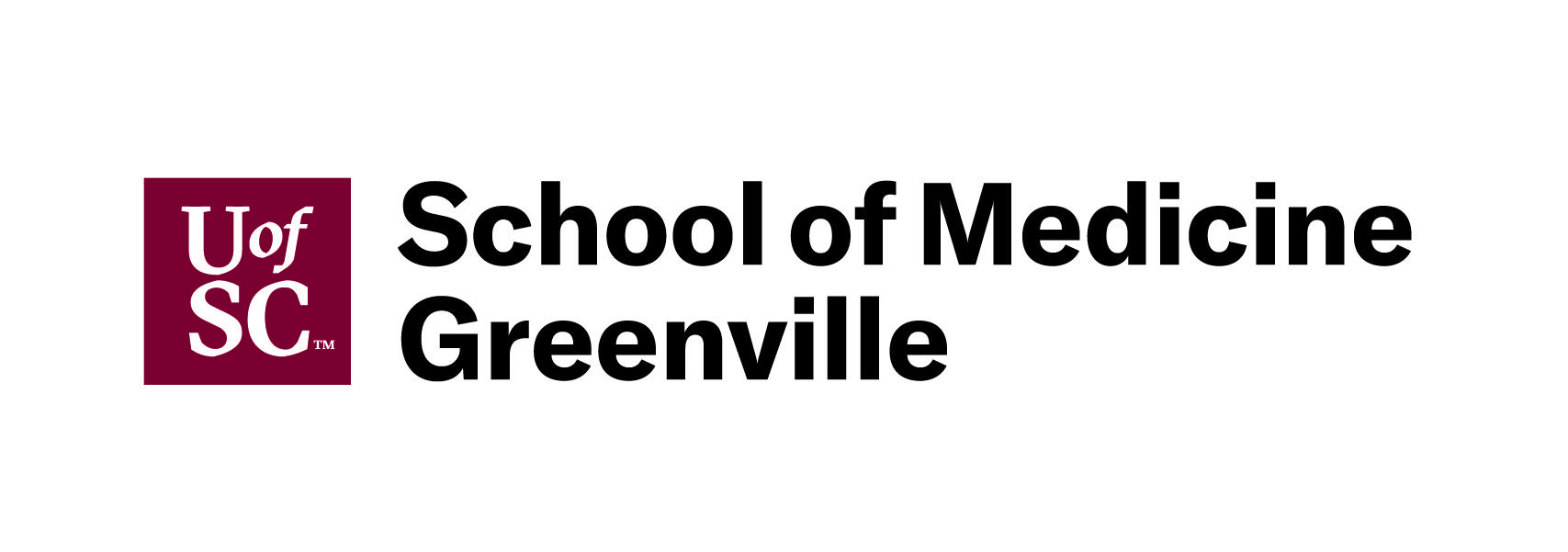
Get the latest articles delivered directly to your inbox!
Our Contributors
Class of 2022
Kyle Duke
Austin Foster
Charlotte Leblang
Ross Lordo
Class of 2021
Dory Askins
Connor Brunson
Keiko Cooley
Mason Jackson
Class of 2020
Megan Angermayer
Carrie Bailes
Leanne Brechtel
Hope Conrad
Alexis del Vecchio
Brantley Dick
Scott Farley
Irina Geiculescu
Alex Hartman
Zegilor Laney
Julia Moss
Josh Schammel
Raychel Simpson
Teodora Stoikov
Anna Tarasidis
Class of 2019
Michael Alexander
Caitlin Li
Ben Snyder
Class of 2018
Alyssa Adkins
Tee Griscom
Stephen Hudson
Eleasa Hulon
Hannah Kline
Andrew Lee
Noah Smith
Crystal Sosa
Jeremiah White
Jessica Williams
Class of 2017
Carly Atwood
Laura Cook
Ben DeMarco
Rachel Nelson
Megan Epperson
Rachel Heidt
Tori Seigler
Class of 2016
Shea Ray
Matt Eisenstat
Eric Fulmer
Geevan George
Maglin Halsey
Jennifer Reinovsky
Kyle Townsend
Join USCSOMG students on their journeys to becoming exceptional physician leaders.
Phlebotomy: Latin for “Removal of Phleb”
 Tuesdays have quickly become my favorite day of the week at USC School of Medicine Greenville. Medicine and Society (M&S) is a class I genuinely enjoy. And it doesn’t hurt that M&S is only a half day of class. Two to four extra hours of freedom and sunshine…normally spent locked away in a dark room hunched over a laptop, trying to squeeze in a little extra studying. In medical school, you quickly find that you become oddly excited about getting a couple extra hours of studying. That last sentence hurt to say.
Tuesdays have quickly become my favorite day of the week at USC School of Medicine Greenville. Medicine and Society (M&S) is a class I genuinely enjoy. And it doesn’t hurt that M&S is only a half day of class. Two to four extra hours of freedom and sunshine…normally spent locked away in a dark room hunched over a laptop, trying to squeeze in a little extra studying. In medical school, you quickly find that you become oddly excited about getting a couple extra hours of studying. That last sentence hurt to say.
M&S is a course on how to be a doctor. It’s a catchall class that encompasses day-to-day aspects of physician life that can’t be adequately read in a textbook (and then subsequently turned into flashcards and mildly dirty mnemonics). M&S is a reminder of why we spend all the hours with our heads buried in high definition iPad versions of textbooks. For the most part, it’s a break from the tedious aspects of medicine. Some days we snickered in the corner as our classmates awkwardly performed their first patient interview. Other days we tried our hand at all sorts of skills, competing with each other to make the nicest splint or take the most accurate vitals.
 I woke up fairly excited. The M&S for that day was drawing blood and placing IVs. It’s one of those skills I know years from now I’ll hate doing and I’ll pass it off to the nearest scared looking medical student, but at the moment I couldn’t wait. Unfortunately, the klutz in me was starting to raise concerns. I’m not someone you would consider “graceful” or “coordinated.” Feel free to use air quotes when you read that. I have a knack for tripping on flat surfaces. I am not a person who inspires a significant amount of confidence when I’m holding a needle. But for whatever reason that day I went to class excited and ready for a challenge.
I woke up fairly excited. The M&S for that day was drawing blood and placing IVs. It’s one of those skills I know years from now I’ll hate doing and I’ll pass it off to the nearest scared looking medical student, but at the moment I couldn’t wait. Unfortunately, the klutz in me was starting to raise concerns. I’m not someone you would consider “graceful” or “coordinated.” Feel free to use air quotes when you read that. I have a knack for tripping on flat surfaces. I am not a person who inspires a significant amount of confidence when I’m holding a needle. But for whatever reason that day I went to class excited and ready for a challenge.
The phrase “See one, do one, teach one” is often thrown around in medical school. It verbalizes the idea that in real medical practice you may not get the opportunity to practice particular skills over and over again before your big moment comes. Patients prefer if you don’t use them for practice, especially if practice involves jamming a needle in them repeatedly. For that reason we (and the poor patients of GHS) are incredibly lucky that we were provided mannequin arms and legs. We were to learn three skills that day: drawing blood from an arm, drawing blood from a femoral vein and placing an IV. When we walked into the lab, we were greeted by eager teachers and plastic limbs. We divided into groups of four and excitedly went to our stations where an enthusiastic nurse greeted us. We spent the next hour learning the intricacies of needles and IV’s, trying to absorb every tip and trick we could. We collected tubes of fake blood and placed lines of what I assume was tap water. By some freak accident I placed a pretty decent IV on my first try. Our patients seemed very appreciative. Well they didn’t complain at least.
Being a new medical school comes with its own share of bumps and bruises. Not everyone agrees on how this class should be taught or how that lab should be done. One thing I can be certain of is that my medical school is preparing me to be a good doctor, not just an encyclopedia of medical knowledge. The third year of medical school is often a trial by fire. USC School of Medicine Greenville is doing its best to make sure that every one of us can walk into our clinical years with more confidence.
By Matt Eisenstat
Copyright 2021 USC School of Medicine Greenville

